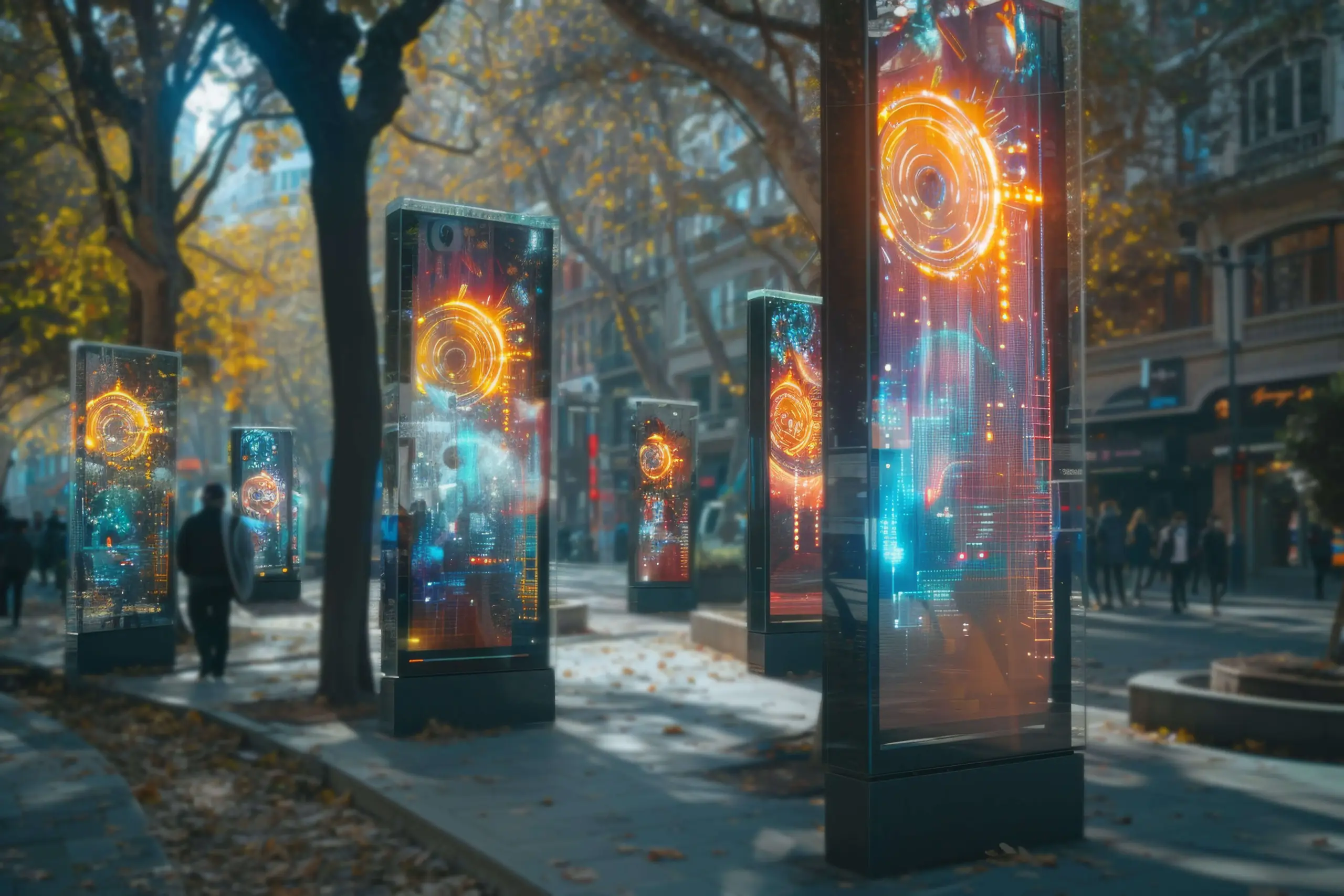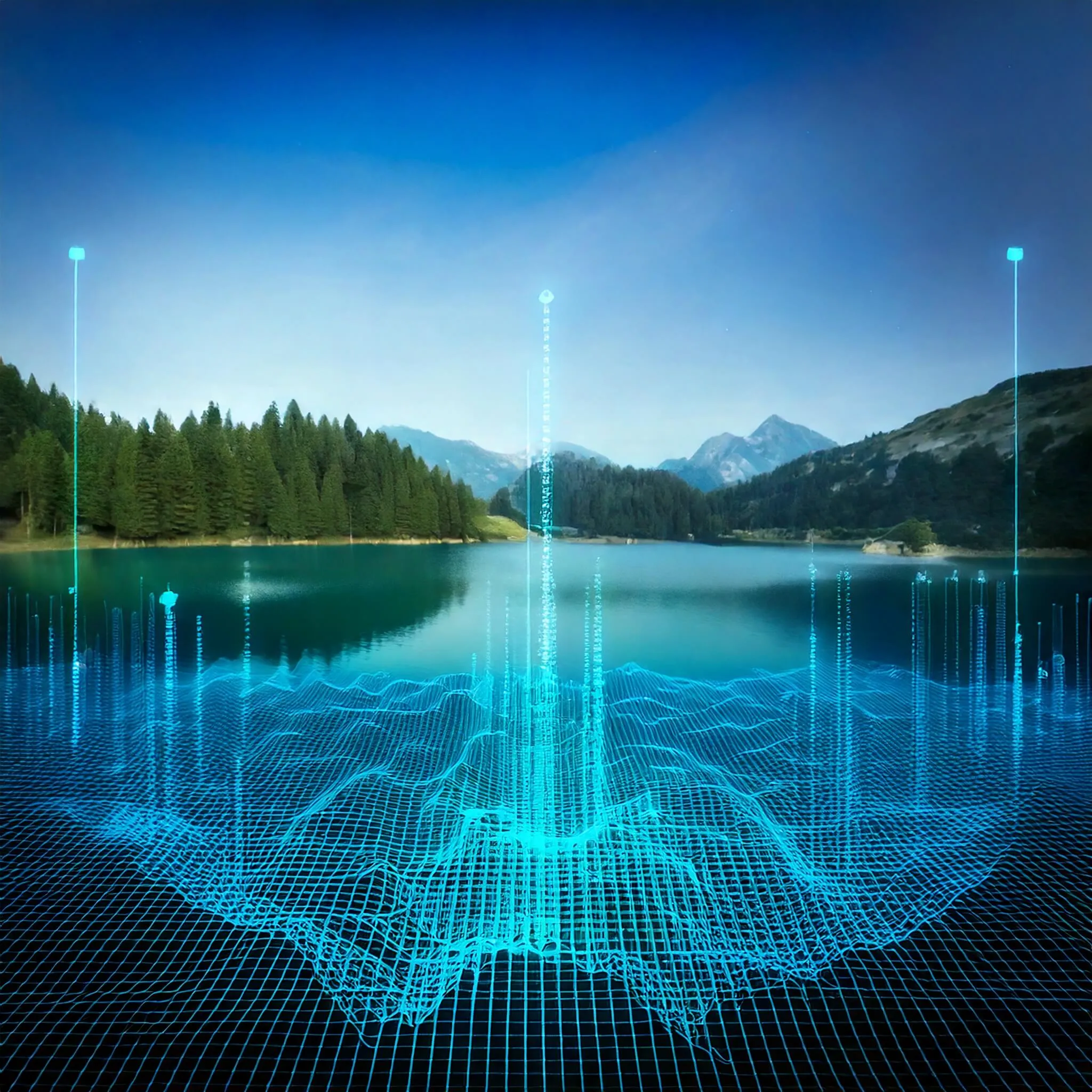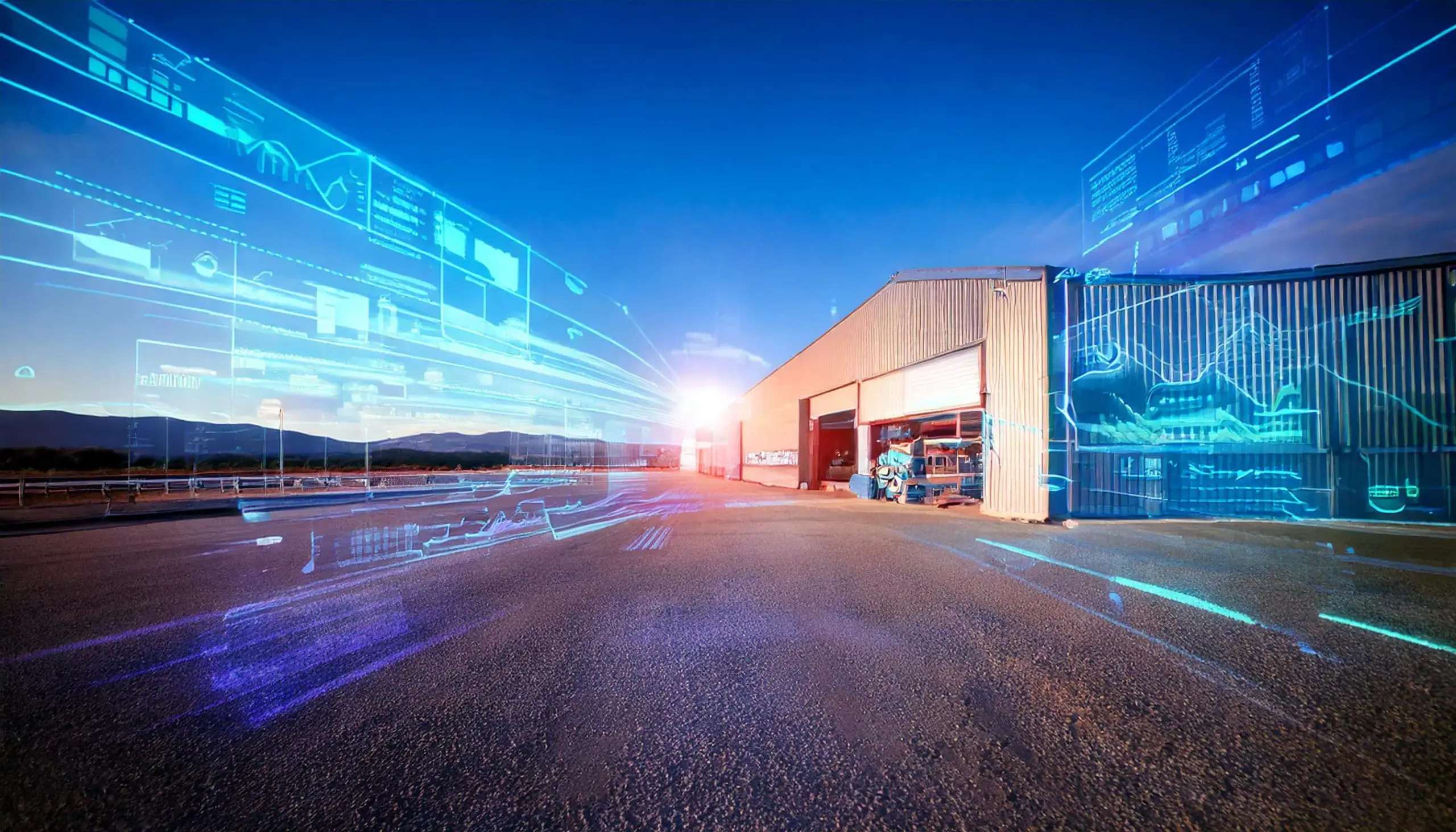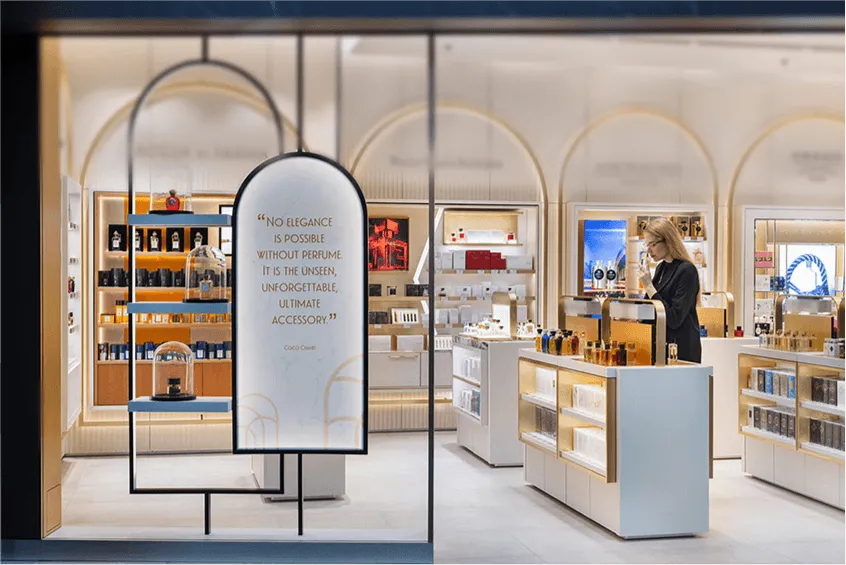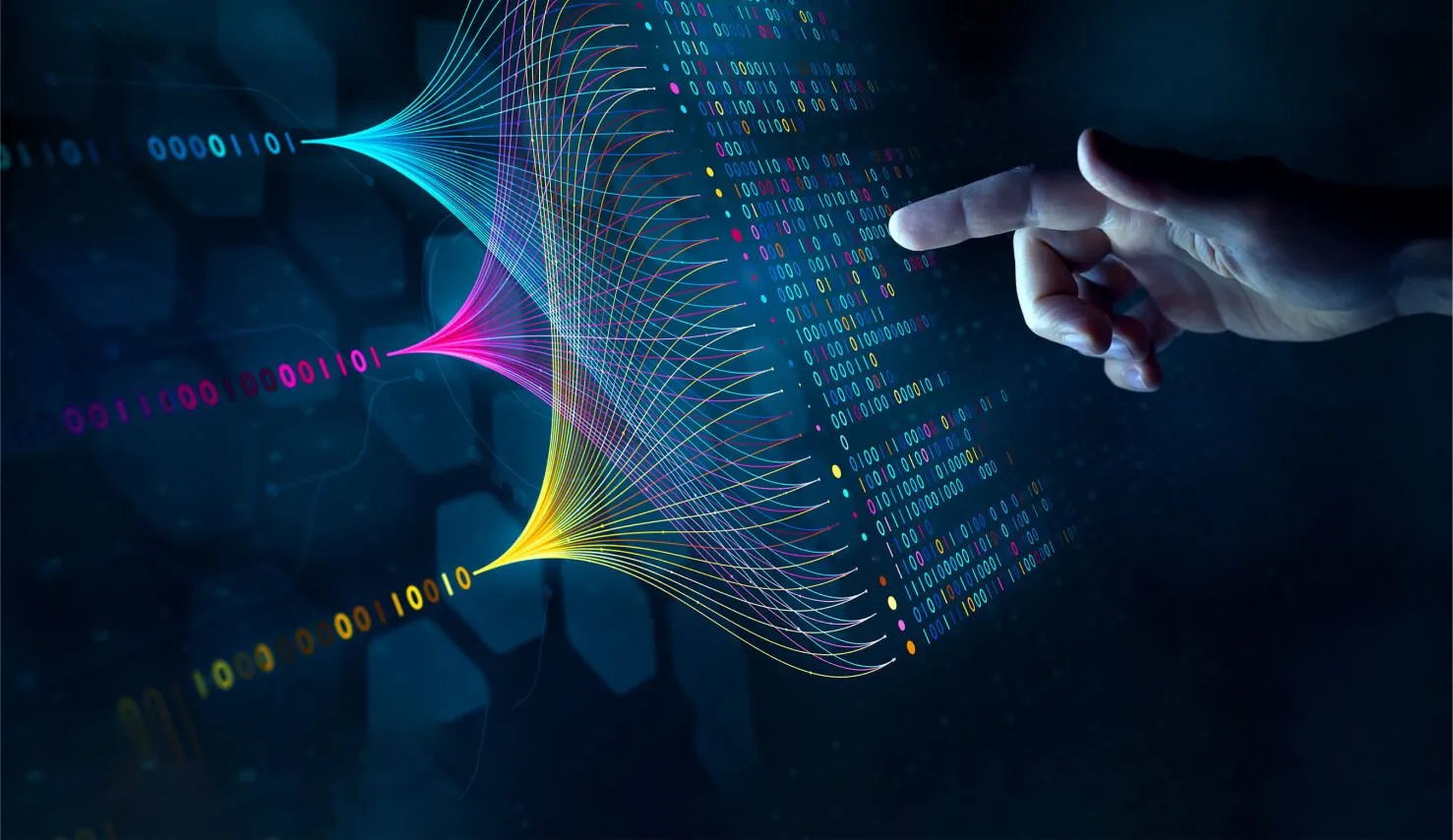RAG (Retrieval-Augmented Generation) relies on deep learning algorithms that are trained on massive amounts of retail data to gain useful insights. This allows RAG to understand retail concepts, analyze data patterns, interpret natural language, and mimic human-like cognition within a retail context. For instance, it can categorize products, understand customer intents, provide recommendations, and respond to queries in a natural, conversational manner.
Some key capabilities offered by RAG
- Product recognition and classification using computer vision
- Inventory optimization through demand forecasting and shelf monitoring
- Personalized promotions and recommendations for customers
- Chatbots and virtual assistants for customer support
- Enhanced search and discovery on e-commerce platforms
- Supply chain optimization through order tracking and logistics monitoring
By using the power of AI and automation, RAG aims to help retailers better understand customers, streamline operations, and deliver next-generation shopping experiences. The technology is scalable, flexible, and designed to integrate smoothly with existing retail infrastructure.
Challenges in Retail
Retailers face several key challenges in today’s highly competitive and dynamic environment. Some of the major pain points include:
Managing Large Inventories – Retailers often deal with thousands of distinct products across different categories and brands. Keeping track of inventory levels, product information, pricing, and relationships is extremely difficult with traditional database systems. Out-of-stock and overstocks are common problems.
Providing Personalized Recommendations – Customers expect a personalized shopping experience to their preferences and purchase history. However, with such a vast product selection, it’s challenging for retailers to provide accurate and relevant recommendations manually.
Improving Customer Experience – Creating efficient omnichannel experiences, addressing customer queries instantly, and delighting customers with personalized promotions are important for customer retention and loyalty. Yet, delivering consistent and high-quality customer service across channels is difficult without smart systems.
Use Case: Customer Support
Retail customer service often suffers from long wait times, inconsistent responses, and the inability to immediately resolve customer issues. RAG can significantly improve customer support in retail by providing instant, accurate responses to customer queries.
With RAG, customers can ask questions via chat or voice and receive real-time answers without waiting for a human agent. The system can understand natural language, analyze the context of the question, and provide the most appropriate response by referencing product details, order information, and support documentation.
RAG eliminates the need for human agents to manually look up information, reducing delays and improving response time. The system can answer a high volume of queries simultaneously without getting overwhelmed. This allows retailers to scale customer support efficiently.
By relying on RAG for routine customer service needs, human agents can focus on addressing more complex issues and providing a personalized touch when needed. The system handles common FAQs, order status requests, product recommendations, and other simple interactions automatically.
As RAG learns from each interaction, its knowledge base expands enabling it to handle an increasing range of customer queries with high accuracy. Over time, satisfaction rates improve as the system delivers instant, consistent, and correct responses tailored to each customer’s needs.
RAG reduces operational costs related to hiring and training agents. The improved customer experience leads to higher satisfaction, loyalty, and increased sales. Implementing RAG for customer service can provide a significant competitive advantage in retail.
Use Case: Product Recommendations
Retailers have access to a huge amount of customer data including purchase history, browsing behavior, and customer profiles. However, using this data to provide personalized product recommendations remains a challenge. This is where RAG can help by analyzing the data to understand customer preferences and provide custom recommendations.
RAG can keep track of a customer’s past purchases and activities on the retailer’s website. Combining this with data on product attributes and classifications, RAG can determine what categories and features the customer seems most interested in. This allows the model to suggest products that align with the customer’s preferences.
For example, if a customer has shown interest in adventure travel books and hiking gear, RAG can recommend new arrivals in those categories or suggest complementary products like travel guides, outdoor apparel, or camping equipment. The model can even consider seasonality, recommending warm coats in winter and breathable hiking shoes in summer.
By continuously refining its understanding of each customer, RAG gets better at serving up relevant products that the customer is likely to purchase. This translates into increased sales and revenue for the retailer. Personalized recommendations also make customers feel valued, improving satisfaction and loyalty.
The ability to analyze large volumes of customer data and quickly determine optimal product recommendations is beyond human capabilities. RAG enables retailers to provide individualized recommendations at scale – a powerful edge over the competition. With RAG, product recommendations shift from generalized to highly targeted, increasing the chances of conversion significantly.
Use Case: Search Improvement
RAG can significantly improve the search experience on e-commerce platforms by understanding natural language queries and retrieving the most relevant products from the inventory.
Traditional search relies on matching keywords, which often fails to capture the nuances in customer queries. RAG’s natural language capabilities allow it to parse sentences to derive context and intent. For example, if a customer searches for “comfortable black heels for a wedding”, RAG can infer the need for formal yet comfortable footwear and retrieve appropriate products.
In addition, RAG can search through extensive product catalogs and identify items that likely match customer requirements. This is far superior to simple keyword search. RAG can also consider various product attributes like style, color, fit, usage scenarios etc. to find the closest product matches.
By understanding natural language and product attributes, RAG delivers highly relevant results. Customers are more likely to find what they need without excessive scrolling or refining of search terms. The overall search experience is streamlined and frictionless.
Retailers stand to gain increased sales from enhanced product discoverability. Customers can navigate large inventories with ease to find suitable products. RAG also enables hyper-personalized product recommendations based on individual customer queries. This level of personalization was difficult to achieve previously.
In summary, RAG’s natural language capabilities significantly improve search relevancy and customer experience on retail platforms. It unlocks the full potential of product catalogs by understanding and responding to customer requirements. Retailers can gain loyal, satisfied customers through an enriched search experience.
Implementation Considerations
Implementing RAG in a retail environment requires careful planning and preparation. Here are some key factors to consider:
Data Preparation
- RAG models need access to large amounts of high-quality, relevant data to train on. Retailers need to identify and prepare the right datasets – this may include customer transaction history, product catalogs, customer support logs, and more.
- The data needs to be cleaned, formatted, labeled, and preprocessed into a state that is usable for training RAG models. Data quality and consistency is critical.
- Ongoing data collection and model retraining is needed to keep the RAG models accurate and up-to-date as new products are added or business conditions change.
Model Training
- Training and optimizing a RAG model requires significant computational resources and expertise. Retailers need access to high-powered GPUs for efficient model training.
- Extensive hyperparameter tuning, iterative training, evaluating different model architectures (e.g. transformer vs LSTM) is required to build an optimal RAG model.
- Regular retraining and updating of models is needed to account for new data. Retailers need the in-house ML expertise to manage this.
System Integration
- Integrating RAG models into existing retail systems can be challenging. APIs and prediction serving infrastructure are needed.
- RAG outputs need to be integrated into customer-facing interfaces like chatbots, recommendation engines, search etc.
- Rigorous testing is required across various usage scenarios to ensure accuracy, latency and reliability meet business requirements.
- Monitoring, governance, and model management processes are needed to run RAG safely and efficiently at scale.
Careful planning across data, model development and system integration is key to successfully leveraging RAG in retail. The investment required is significant but pays dividends in enhanced customer experience and operations.
Benefits
Adopting RAG in retail can provide numerous benefits for retailers across operations, customer experience, and financial performance.
Improved Efficiency
By automating customer support and other workflows, RAG reduces the need for human agents to handle routine requests. This allows customer service teams to focus on addressing more complex issues. Intelligent search and recommendations also make operations more efficient by quickly retrieving relevant products and suggestions.
Enhanced Customer Satisfaction
RAG improves customer satisfaction by providing quick and accurate responses to queries. Personalized recommendations matched to customer preferences increase engagement. Improved search makes it easier for customers to find products they want. Overall, RAG creates a smoother, more customized shopping experience.
Increased Revenue
The efficiency improvements and better customer experience RAG enables directly translate to increased sales and revenue. Supporting customers faster leads to more transactions. Recommendations upsell customers to related products. Improved search increases conversion rates. RAG allows retailers to boost revenue through higher purchase frequency, transaction size, and customer retention.
Retrieval-Augmented Generation has the potential to transform various aspects of retail operations. As summarized in this article, RAG can significantly improve customer service by providing quick and accurate responses to queries. It enables more personalized product recommendations based on analyzing customer data. RAG also enhances search functionality on e-commerce platforms by understanding natural language queries.
While implementing RAG in retail does come with technical challenges, the benefits make it worthwhile. Retailers can achieve greater efficiency, boost customer satisfaction, and increase revenue. With capabilities like continuous learning, RAG solutions will keep improving over time. This technology is truly revolutionary for streamlining inventory management, providing recommendations, and elevating the overall customer experience. Adoption of RAG is set to give retailers a substantial competitive advantage. Its intelligent automation will become a critical driver of success in the retail industry.











